This guide shows the steps to follow to close the window for a program that seems to stop responding to commands. The procedure shown is for a Windows XP system.
Steps
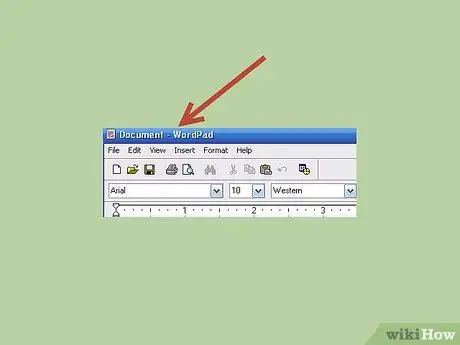
Step 1. Identify the program related to the window in question
This information is placed in the title bar which frames the upper frame of the "File, Edit, View…" menu bar. Normally this information is displayed in the format "Element Name - Application". In our example, the title "Document - Wordpad" is shown. The part after the hyphen (Wordpad) is the name of the application.
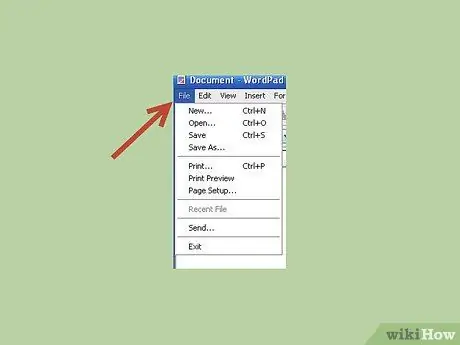
Step 2. Access the "File" menu
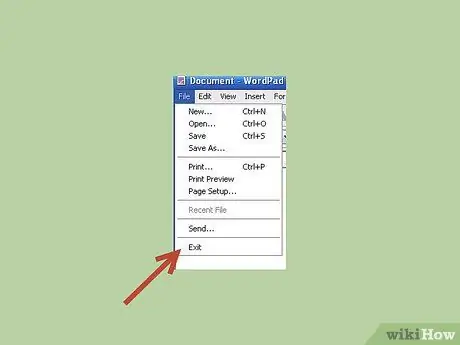
Step 3. Select the "Exit" option from the menu that appeared
Depending on the type of window and the changes you have made, one of the following scenarios may occur: 1) you are prompted to save the currently open document, 2) the window closes, 3) the window remains open. In the latter case, continue reading. The next steps may not allow you to save your data before the program is forcibly closed.
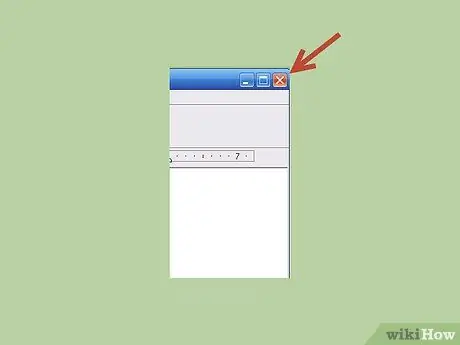
Step 4. Press the "X" icon in the upper right corner of the window
If the program does not close, continue reading.
Step 5. Press the hotkey combination "Ctrl + alt=" Image "+ Del"
A new window will appear, locate the button called "Task Manager".
Step 6. Press the Task Manager button
A new window called "Task Manager" will appear. You will be presented with 4 tabs: Applications, Processes, Performance and Network.
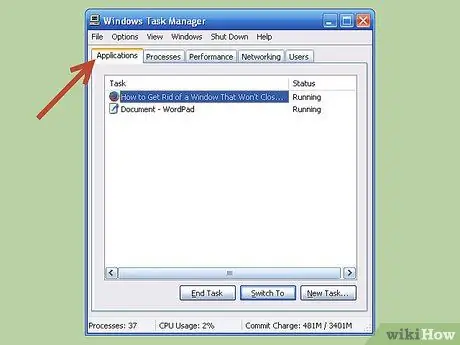
Step 7. Select the Applications tab to reveal its contents (only if it is not already selected)
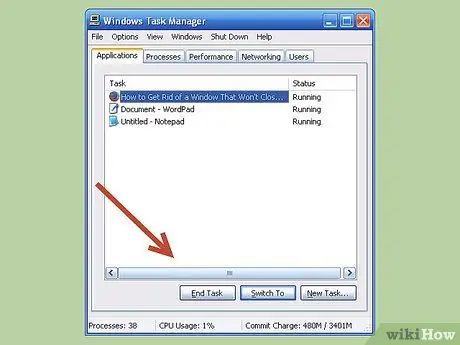
Step 8. In the list that appears (scroll through it if necessary), locate the name of the application for the window that no longer responds to your commands
In our example it is Document - Wordpad. Notice what is shown in the Status column of this application. In our example, it says "Running". The other possible state in which an application may be found is "Not Responding". In the latter case, press the "End Task" button at the bottom of the window. If, on the other hand, the state of the application, as in our case, is "Running", before trying to close it forcibly, try to give it more time to complete the activities it is performing. The decision to wait or press the End Task button is up to you. If even in this case the window does not close, continue reading.
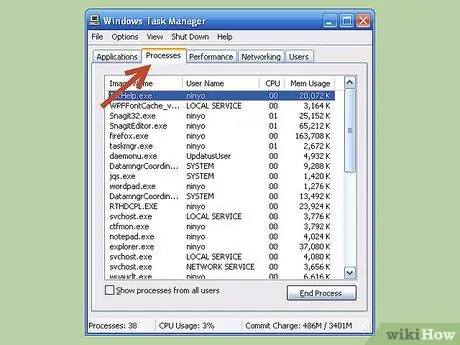
Step 9. Open the Task Manager again (if it is no longer running) and select the "Processes" tab
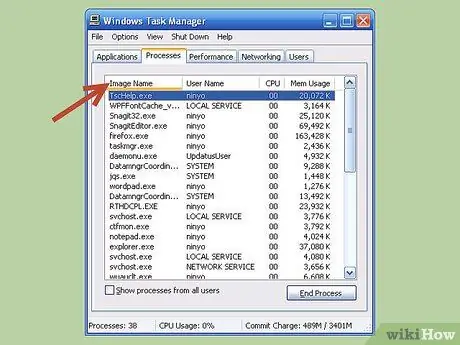
Step 10. Check the header box of the "Image Name" column to sort the list of active processes alphabetically
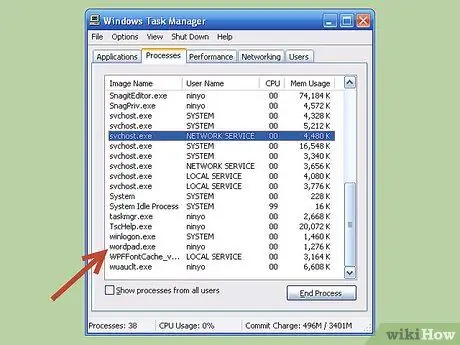
Step 11. Scroll through the list until you find the name of the executable file related to the application in question
If the file name (or image name) does not appear in the list, refer to the "Tips" section to find out how to identify the correct process (image name) in this situation.

Step 12. Select the process called "wordpad.exe" to highlight it
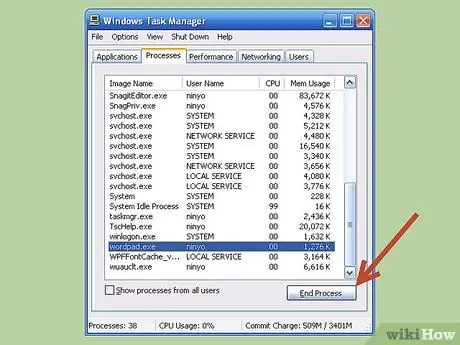
Step 13. Press the "End Process" button

Step 14. A warning message from the Task Manager will be displayed
At this point, to continue, you will have to decide whether to terminate the process (by selecting "Yes") or to cancel the operation (by selecting "No").

Step 15. Check the "Tips" section for help interpreting possible error messages that may appear when trying to close a process or application
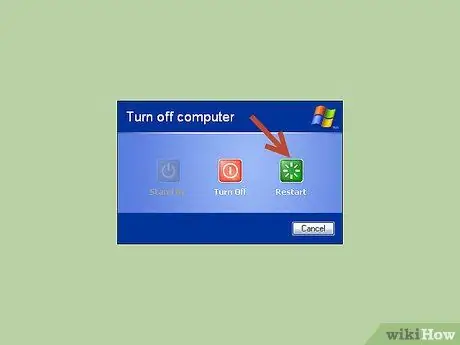
Step 16. If the window for the application in question remains open, the best thing to do is to restart the computer
Advice
- Sometimes an application stops responding to commands because it is simply busy loading data. If you can try to be patient and wait a few more seconds.
- The name of a program's executable file (or process-related image name) does not always match the name of the application. A concrete example is "Mozilla Firefox". The name of the executable file linked to this application is "firefox.exe". While this is part of the program's long name, searching for files starting with the letter "m" in the task manager tab for active processes will probably not get any results. Locate the name of the executable file associated with the application in question by searching for it in the "Programs" folder on the Windows Start menu. Then select the program name with the right mouse button and choose the "Properties" option from the context menu that appeared. This way you will be able to locate the path and name of the file that starts the application of your interest.
- Sometimes, when you are trying to close an application or process, one of the following messages may appear: "Cannot delete file: Access is denied.", "A sharing violation has occurred", "The source or file target may be in use. "," The file is being used by another program or user. "," Make sure the disk is not full or write-protected and that the file is not currently in use. ". To get around this, use the free File Unlocker program.
- If you have any doubts or do not want to try to close any running process or program, press the "Esc" key to close the Task Manager window and return to the previous screen.
Warnings
- Closing applications or processes in this way could make the operating system unstable. Force closing a critical process could give unexpected and undesirable results. When possible, restart your computer to stabilize the situation again
- Save your work on all running programs before closing an application that seems to no longer respond to your commands. If, as expected, you are unable to close open applications and windows normally, your operating system may have already become unstable and completely freeze at any moment without warning.






